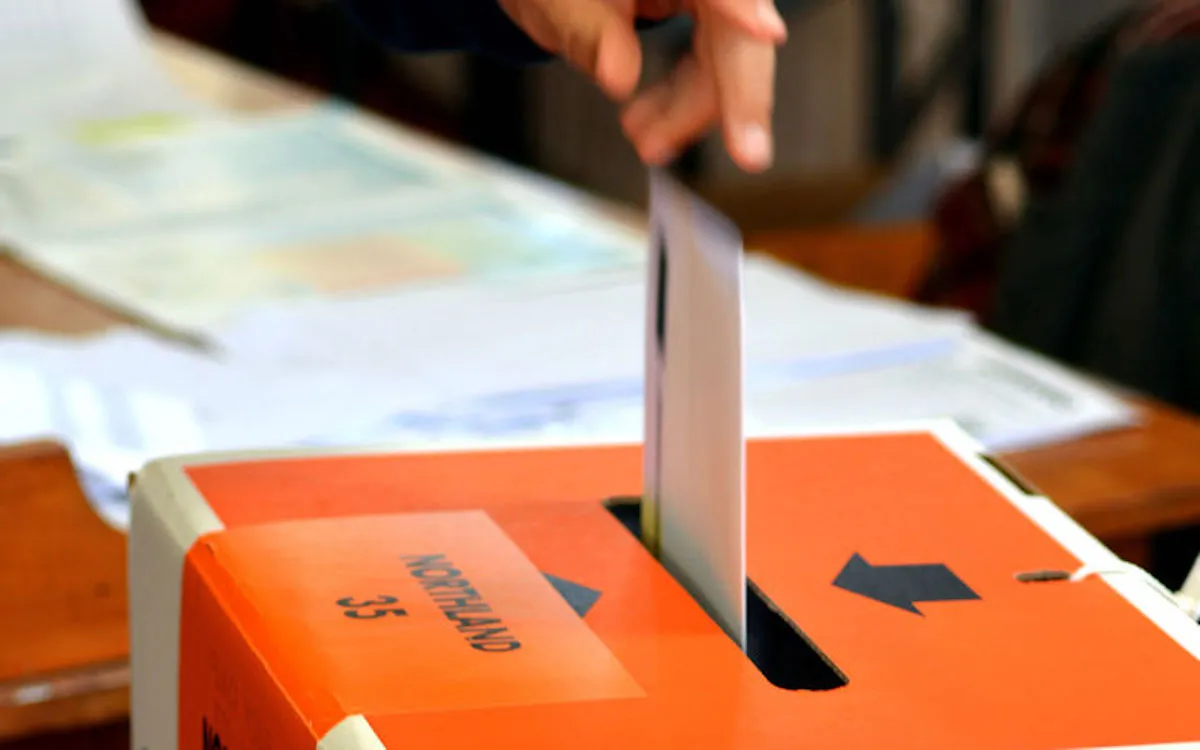On Saturday was the long-awaited Hamilton West by-election. The final result was much in line with what had been forecast but which many of us didn’t dare to hope would actually eventuate! A swing of 21 per cent from Labour to National: annihilation territory for the socialists. Whereas an overall majority was always deemed unlikely under MMP, but happened, similarly this could mean a 1975- or 1990-style wipeout of the socialist party.
As I have previously pointed out, at every election this century the party vote in Hamilton West for National and Labour has precisely mirrored their respective nationwide average; this is literally middle New Zealand. Therefore what happened on Saturday can’t be just brushed off as “oh it’s a by-election; odd things happen” as you could in, say, Te Atatu or Napier; believe me, what happened on Saturday IS public opinion in New Zealand – 56 per cent voting for a change of government.
The socialists also cannot (although I have no doubt the ‘bought and paid for’ media will try) brush it off due to the low turnout as ‘thousands of Labour voters stayed home so it doesn’t count’. National and even ACT also saw a chunk of their previous supporters not bothering to turnout in the by-election. As an aside, a variation of this ‘embarrassing-straw-to-grasp-at argument was used to explain Labour’s long-term percentage of the vote since 1990 being in the early 30s: ‘Oh, that’s due to the rise in third parties’ – as if the National party was somehow immune to NZ First, ACT, United Future and others taking a dollop of support away from them.
This is the best result for National since Hekia Parata’s outstanding seven per cent swing to the incumbent government in Mana back in 2010, and confirms that recent opinion polls are accurate about the unpopularity of the socialist government.
In terms of by-elections where there was a large swing against an incumbent government it almost sets a record at 21 per cent. Other huge swings against an incumbent government include 10 per cent in Marlborough in 1970, Rangitikei in 1978, East Coast Bays in 1980, and 14 per cent in Selwyn in 1994 (although those three saw the swings to Social Credit nutters rather than the actual opposition). I am not including the 1998 by-election when Jim Bolger retired because I’m not sure you could say it was an actual swing against the government.
But the granddaddy of them all was in the old Awarua electorate, which took in northern and southern suburbs of Invercargill, a large chunk of the surrounding rural hinterland and Stewart Island. The Awarua by-election in 1944 saw a 62 per cent swing against the Labour government of the day, albeit in unique circumstances whereby MP James Hargest (immortalised by having a high school named after him) had been killed on active service during the war.
One of the other oddball aspects of by-elections in New Zealand is the number of electorates which keep having them. Everyone recalls Social Credit winning in Rangitikei in 1978, but that was the seventh Rangitikei by-election throughout its history, Southern Maori (now called Te Tai Tonga) also seven and New Plymouth six. And it seems nobody has been particularly fussed about being MP for Wellington Central for long – it’s had nine by-elections during its history. Anyone want to bet on when the fourth Mt Albert by-election will take place?









